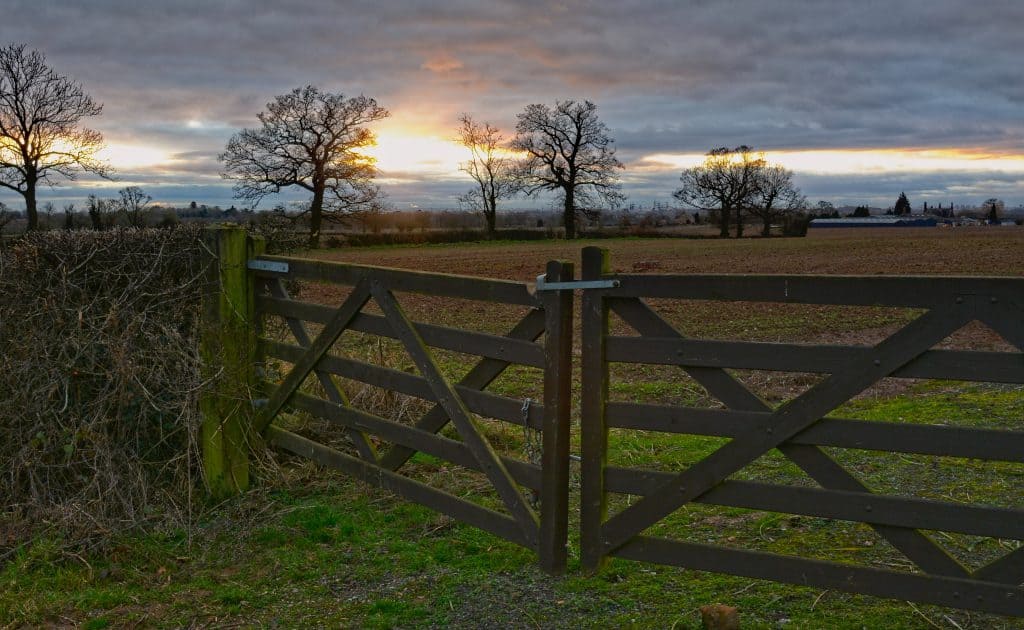
Best Fence & Gate Designs Recommended By Engineers
What Do Engineers Say About Fence & Gate Designs? This article explores fence & gate design best practices as used by engineers. Fence & Gate Design Considerations Engineers think differently
There’s a wide range of different gate designs that can be used for your next project. While gates will always be used as an entry and exit point, gate plans can also incorporate designs to give your property a personal, stylish look.
The right gate can give you a unique look or complete an overall design to fit your project. Choose from aluminum or steel gates, wood gates, vinyl gates, pvc gates, sliding gates, automated gates, and much more. Here, you’ll discover a vast array of gate plans and dresources. Browse through pre-engineered fence design plans and purchase these permit-ready plans online today.



Gates are typically for areas to restrict pedestrian or vehicular traffic.
Gates can be sliding, swinging, or overhead-opening.
Each gate style comes with unique design considerations for access, privacy, durability, and strength during adverse weather conditions.
Lesser-thought-of considerations for gate designs are ADA accessibility requirements, child safety, and security.
Sliding or rolling gates save space when a large opening radius is restricted. Sliding gates come in single or double sliding & are typically motorized & remote-controlled for security access.
Sliding gates come with many design challenges. Since they are typically wide, sliding gates can sag or fatigue over time. Proper sliding gates have code-compliant connections, diagonal bracing, or enough rollers to support the frame.
During high wind conditions, sliding gates should be opened & secured to avoid them coming loose & create flying debris.


Swinging gates come with unique challenges. Posts and footings for swinging gates need to hold the gate when opened and subjected to additional design forces. The gate needs to operate in high winds, snow & ice, and over thousands of cycles.
Additionally, vehicular gates are typically larger and are constantly subjected to stresses as the large gates hang off the hinges. Diagonal bracing, cables, and strong welded or bolted connections should be designed by licensed professionals experienced with the unique characteristics of swinging gates.
These design plans provide a good starting point for discussion with your design professional to provide signed and sealed plans for building department submission and construction.
There are countless gate design types. Shown here is true wood barn door which is frequently copied in modern residential applications. In this case, the beam above as well as all supporting connections need to be designed to handle the barn door gate from continuous and jolting movements.
Other unique gates include various styles of overhead door openings, like garage doors. These gates are similar to traditional gates but open upwards to gain access. They are typically used in open garages. There’s no end to what you can come up with when considering a fence opening or barrier to a property.
Gate manufacturers & distributors can connect with the plan engineers and discuss creating or modifying plans for their product lines.


What Do Engineers Say About Fence & Gate Designs? This article explores fence & gate design best practices as used by engineers. Fence & Gate Design Considerations Engineers think differently

Understand the basics of building an aluminum gate and general design principals and installation concerns to consider.
2234 North Federal Hwy #7664
Boca Raton, FL 33431
EngineeringPlans.com provides an independent way to search Florida, Miami Dade Product Approvals, & product evaluations from other listed agencies & is not affiliated with the State of Florida, Miami-Dade County, FloridaBuilding.org, miamidade.gov, Intertek, CALADBS, Dr. J’s Engineering, or any other listed agency in any way. Information provided from this website is obtained from public records and must be verified by the source agency prior to use. EngineeringPlans.com is not responsible for the accuracy or use of any information contained herein.
Information, methodology, logos, photos, & trademarked names on this website may not be used, reproduced, distributed, or modified without the written permission of EngineeringPlans.com or they’re corresponding owners. Any information provided by this site is not binding and shall not be used or taken as fact without the written certification of a licensed Design Professional.
© EngineeringPlans.com All rights reserved.